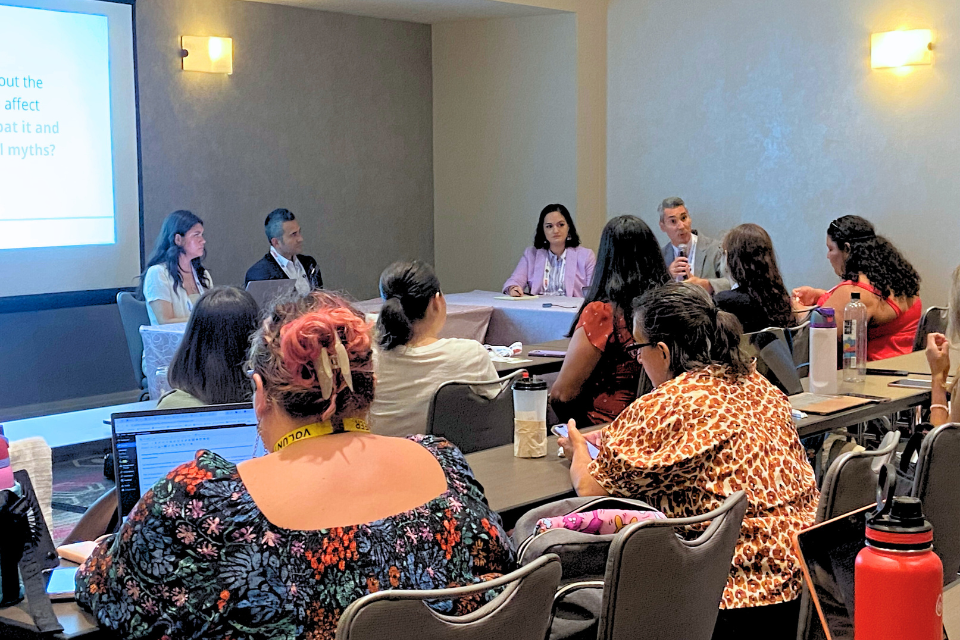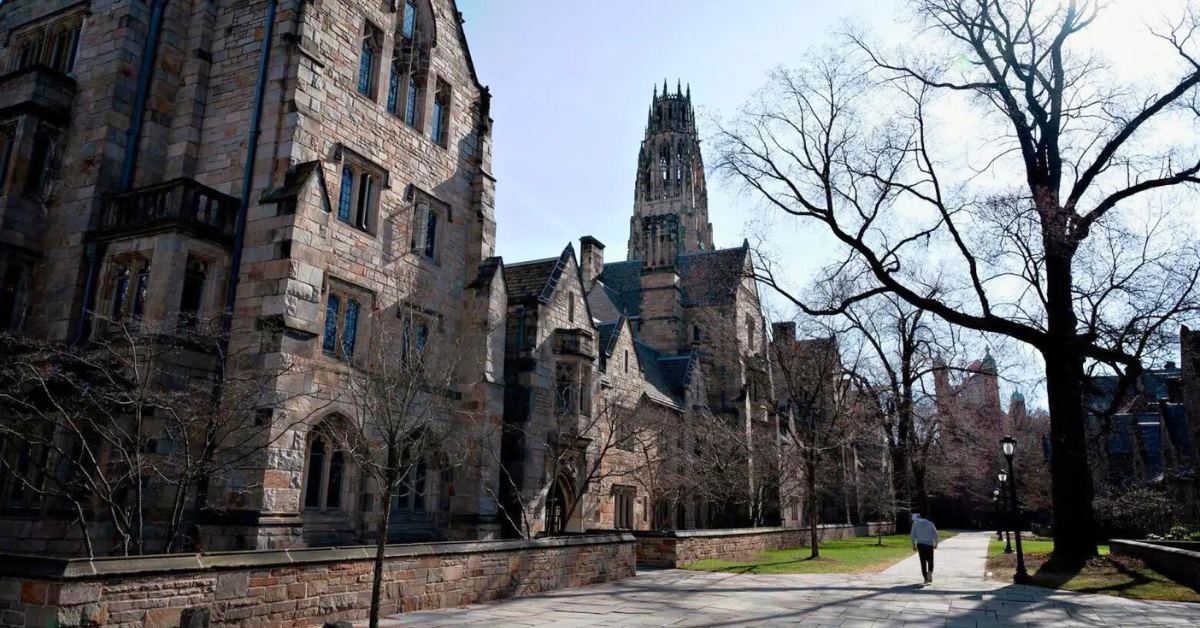By Rod Carveth
One story that has received little attention over the last decade has been the increase in the number of Latinos who have adopted Islam as their religion, though exact number of Latino Muslims is hard to pin down.
A study by the American Muslim Council in 1997 indicated that 40,000 Latinos were Muslim. According to a survey by the Pew Hispanic Center, 4 percent of Muslims are Latino. The 2010 U.S. Religion Census reported that 2.6 million people in the United States are Muslim, up from 1 million in 2000. If 4 percent of Muslims are Latino, then the current figure would be 84,000. Juan Galvan, head of the Latino American Dawah Organization (LADO), suggests the figure is much higher, closer to 200,000.
No matter what the true number is, Latinos turning to Islam is on the rise. According to The American Mosque 2011: Basic Characteristics of the American Mosque, Attitudes of Mosque Leaders, the ethnicity of new converts increased among Latinos from 6% of all converts in 2000 to 12% of all converts in 2011.
According to research by Galvan and colleague Samantha Sanchez, Latinos leave the Roman Catholic Church for a wide variety of reasons. Many describe their disillusionment with the practices of Catholicism and the church establishment. Islam provides a moral code of conduct in everyday life, providing them with a more regimented and disciplined lifestyle. Muslims and Latinos both appreciate family, and both appreciate religion.
Galvan states the most Latino Muslim converts have had personal experiences with Muslims that first draw them closer to Islam. For Galvan himself, conversion was a matter of “running to Islam, not away from another religion.” In fact, before becoming a Muslim, Galvan was pretty much “an agnostic.”
Dr. Lara Dotson-Renta, an assistant xean in the College of Arts and Sciences at Quinnipiac University, and author of the forthcoming book Immigration, Popular Culture and the Re-routing of European Muslim Identity, suggests that there are a variety of reasons Latinos choose Islam as a religion. Some Latinos, Dotson-Renta says, “find Islam to be less hierarchical a religion” than Catholicism. Others see themselves as “re-converts, given the history of Islam in the Hispanic world.”
From 711 to 1492, the Moors (whose official religion was Islam) controlled Al-Andalus, or what is now southern Spain. In 1492, the Catholics, led by Queen Isabella, launched the Reconquista, and later forced Muslims and Jews to either convert to Catholicism or be exiled. Thus, according to Dotson-Renta, those who turn to Islam today and choose to call themselves re-converts “see themselves as re-claiming a heritage.”
Many Latino Muslims are female, college-educated, and between the ages of 20 and 30. Galvan notes that while “many Latino women convert because of their husbands, a good many of Latina Muslims are single women.” Dotson-Renta says there is no one reason that single women convert to Islam. They tend to be young and highly educated, so they are making a well-considered choice to become Muslim. For many, Dotson-Renta observed, choosing Islam is a form of personal empowerment.
Galvan asserts that most converts are able to balance being both Latino and Muslim. He insists he is still immersed in the trappings of his Latino heritage (“especially Mexican food”), but also embraces a Muslim identity through daily devotion to the religion, modest dress, prayer, preaching and fasting. Shafiq Alvarado of HispanicMuslim.com agrees. “My family is from the Dominican Republic and my wife’s from Puerto Rico. We keep a halaal home. Ingredients are substituted for pork-derived foods.”
Dotson-Renta disagrees, however, that balancing being Latino and Muslim is easy for all who choose to be both. Dotson-Renta mused, “How many Caribbean food items don’t have pork? The rejection of something as culturally central as food can really impact familial relationships.”
In a more serious vein, Dotson-Renta said Latino Muslims face three major perceptual problems, what she terms a “triple bind”. First, as Latinos, many people see them as “illegal immigrants.” Second, as Muslims, segments of the public perceive them as dangerous. Finally, because Latino Muslims don’t speak Arabic (the language of the Quran) and have not been raised with Islamic customs, they may find it harder to be accepted by non-Latino Muslims.
Galvan identifies 9/11 as a pivotal event accounting for the rise in Islam among the Latino community. Because some Muslims committed the attacks, Galvan says, “a lot of people asked other people about Islam, including asking Muslims.” Others purchased books about Islam in order to determine why the attacks happened. For some seeking knowledge about Islam, their research led them to convert to becoming a Muslim, including a significant number of Latinos. Dotson-Renta noted that for some Latinos, particularly in urban areas such as New York, converting to Islam was a “safe space to go in a time of crisis.”
Interestingly, according to the Pew Hispanic Center, non-Muslim Latinos view Muslims rather unfavorably, with roughly a fourth of Latinos (27%) expressing favorable views, compared with 37% expressing unfavorable views. Only atheists receive a lower favorable rating among Latinos (62% unfavorable, 19% favorable) than Muslims.
At the end of May, The 37th Annual ICNA-MAS Convention was held at the Connecticut Convention Center in Hartford. The conference, themed “Defending Religious Freedom, Understanding Shariah,” drew nearly 16,000 to its events. Having such a high-profile event in Hartford shows how not only is Islam becoming a more popular religion across the United States, but in Connecticut as well. The Connecticut chapter of the Council of American-Islamic Relations (CAIR-CT) estimates the state of Connecticut to have 150,000 Muslims. An estimate of the number of Muslims in Connecticut who are Latino could not be obtained by ctlatinonews.com by presstime.



